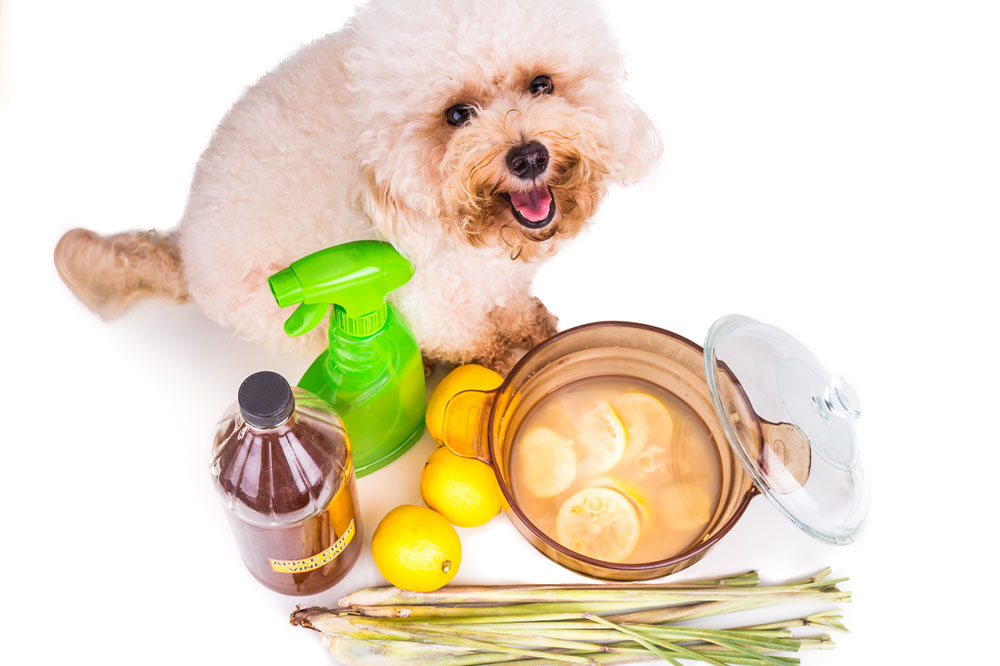DIY vinegar and baking soda sprays to get rid of fleas on pets
Pets love being outdoors, and even more so in the summer. They enjoy running around, playing fetch, digging up dirt, or lying on the porch looking adorable. While the season is great for some outdoor activities, it is also when fleas and other parasites may attack pets and latch onto their coats. While this is alarming, one should know that they could explore DIY sprays to get rid of such infestations from pets.
Apple cider vinegar
This ingredient can be used in two ways. You can either spray the solution on your fur child’s coat or give it orally to your dog.

Here’s the recipe if you want to give it orally to your dog:
For every 40 pounds of your dog’s weight, add one teaspoon of apple cider vinegar to their water bowl. Repeat this process every time you refill their water bowl.
Baking soda
Take one-fourth cup of baking soda, add a tablespoon of apple cider vinegar, and five drops of peppermint oil before pouring two cups of warm water into this concoction.
Keeping some natural remedies at home is a big relief as these DIY recipes can be used to take preventive measures against flea infestation. Using chemical products or medicines once the problem has become severe may not be the best solution all the time. However, always speak to your veterinarian about these remedies to ensure you are using the right amount of quantities for the mix.

